Treating Lawn Pests – Tips On Controlling Insects In Grass
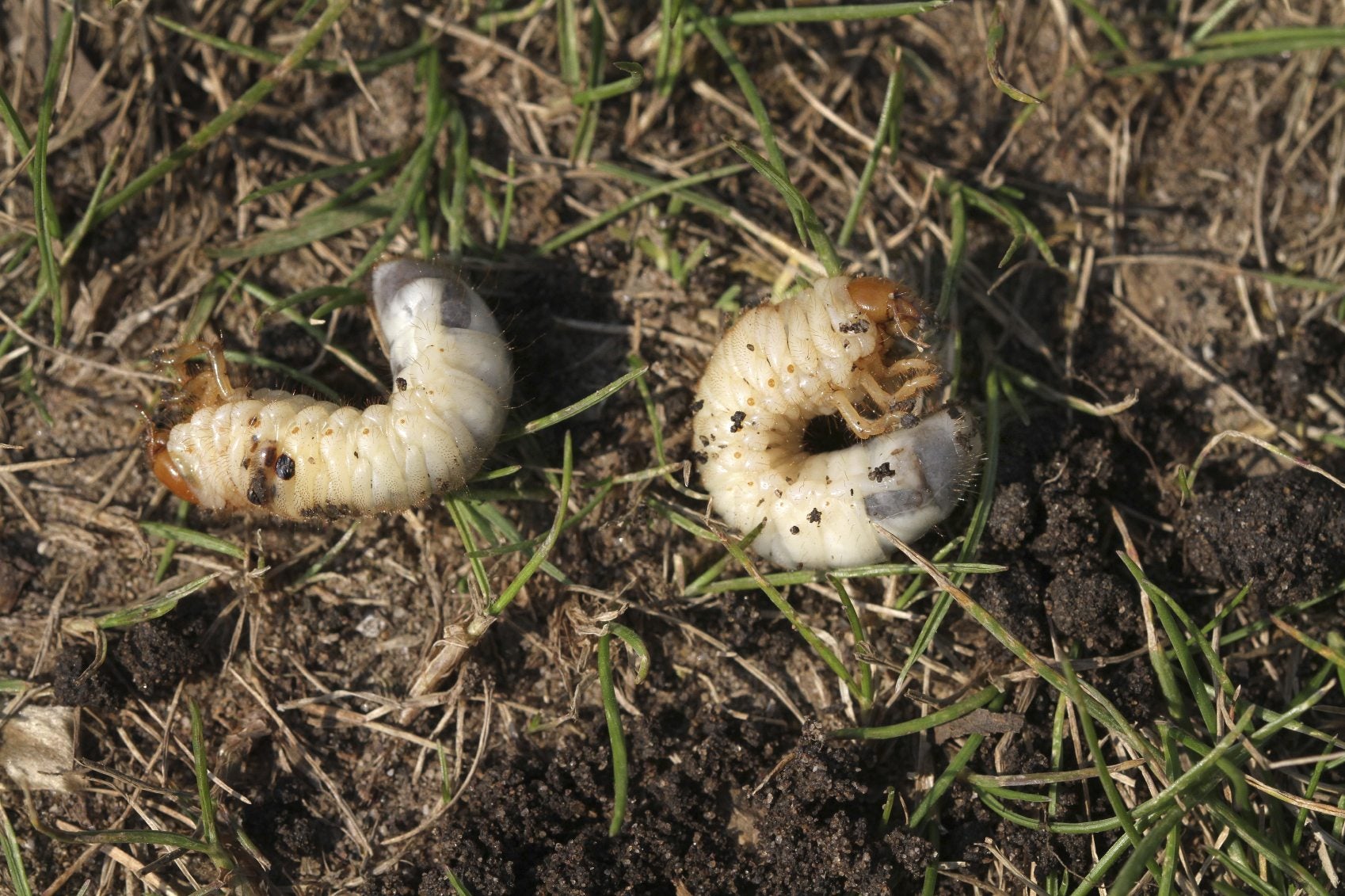

Are lawn insects bugging you? Are you ready to take action? This article covers common lawn insects and what to do about them.
Common Lawn Pests
Treating lawn pests is difficult if you aren’t sure what kind of pest you have. Caterpillars, such as armyworms, cutworms and lawn moth insects, are often found in lawns. You may also find white grubs or chinch bugs in the lawn. Here are some tips to help you identify and treat these pests.
Caterpillars
A few caterpillars won’t do much damage, but in large enough numbers, they can cause serious problems. Test for the presence of caterpillars by performing a drench test. Mix 4 tablespoons (59 ml.) of dishwashing liquid in two gallons (7.6 l.) of water and pour it over one square yard (.8 sq. m.) of the lawn. Watch the area carefully for 10 minutes, counting the number of caterpillars that rise to the surface. If you find more than 15 caterpillars in a square yard (.8 sq. m.), treat the lawn with Bacillus thuringiensis (Bt) or spinosad.
Grub worms
White grubs feed on grass roots and cause brown patches of grass. Dog urine, uneven watering and improper use of pesticides and herbicides cause similar brown patches, so dig around the roots of the grass and count the number of grubs you find in one square foot. An easy way to do this is to remove a square foot (.09 m.) of sod with a flat shovel. If you find more than six grubs in a square foot (.09 m.), you should treat the lawn for grubs. Garden centers carry many different treatments for lawn grubs. Choose the least toxic treatment you can find, and carefully follow the instructions regarding timing and applications.
Chinch bugs
Chinch bugs vary in appearance, depending on the species and their life stage. Yellow patches that are two to three feet (.6 to .9 m.) in diameter may indicate the presence of chinch bugs. Lawns under attack by chinch bugs are easily stressed by drought, and the whole lawn may discolor if not watered regularly. Discourage these insects in grass by watering regularly and removing thatch in fall. Without the cover of thatch, chinch bugs can’t overwinter in the lawn or lay their eggs. If these measures don’t control the insect, treat the lawn with insecticides containing trichlorfon bifenthrin or carbaryl. These insecticides are not organic and will kill beneficial insects, so use them only as a last resort.
Preventing Bugs in Lawn
No system of preventing lawn insect pests is foolproof, but a healthy, well-maintained lawn isn’t as likely to attract insects as a neglected lawn. Follow these guidelines to help your lawn thrive:
- Water deeply but infrequently. Let the sprinkler run slowly as long as the water is sinking in rather than running off.
- Sprinkle grass seed in thin areas in spring and fall.
- Use a grass species known to grow well in your area. A local nursery can help you choose a good species for your area.
- Follow the instructions on your lawn fertilizer bag or the advice of a lawn care specialist to make sure that you apply enough fertilizer at the appropriate times.
- Aerate the lawn annually or when the thatch is deeper than one-half inch.
- Keep the lawnmower blades sharp and never remove more than one-third of the height of the grass when you mow.
Gardening tips, videos, info and more delivered right to your inbox!
Sign up for the Gardening Know How newsletter today and receive a free copy of our e-book "How to Grow Delicious Tomatoes".

Jackie Carroll has written over 500 articles for Gardening Know How on a wide range of topics.
-
 Looking For Plants To Give You The Soft And Fuzzies? Try These 5 Fuzzy Leaf Plant Options
Looking For Plants To Give You The Soft And Fuzzies? Try These 5 Fuzzy Leaf Plant OptionsLovers of texture, drama, silver foliage and tactile plants will adore these special sensory garden additions. These fuzzy leaf plant options will leave you all aglow
By Susan Albert
-
 Get Ready For A Summer Of Hummers! Grow These Full Sun Hummingbird Plants and Flowers
Get Ready For A Summer Of Hummers! Grow These Full Sun Hummingbird Plants and FlowersIf you’re lucky enough to enjoy a sunny backyard, make sure you are maxing out on your pollinator opportunities and grow these full sun hummingbird plants and flowers
By Tonya Barnett
-
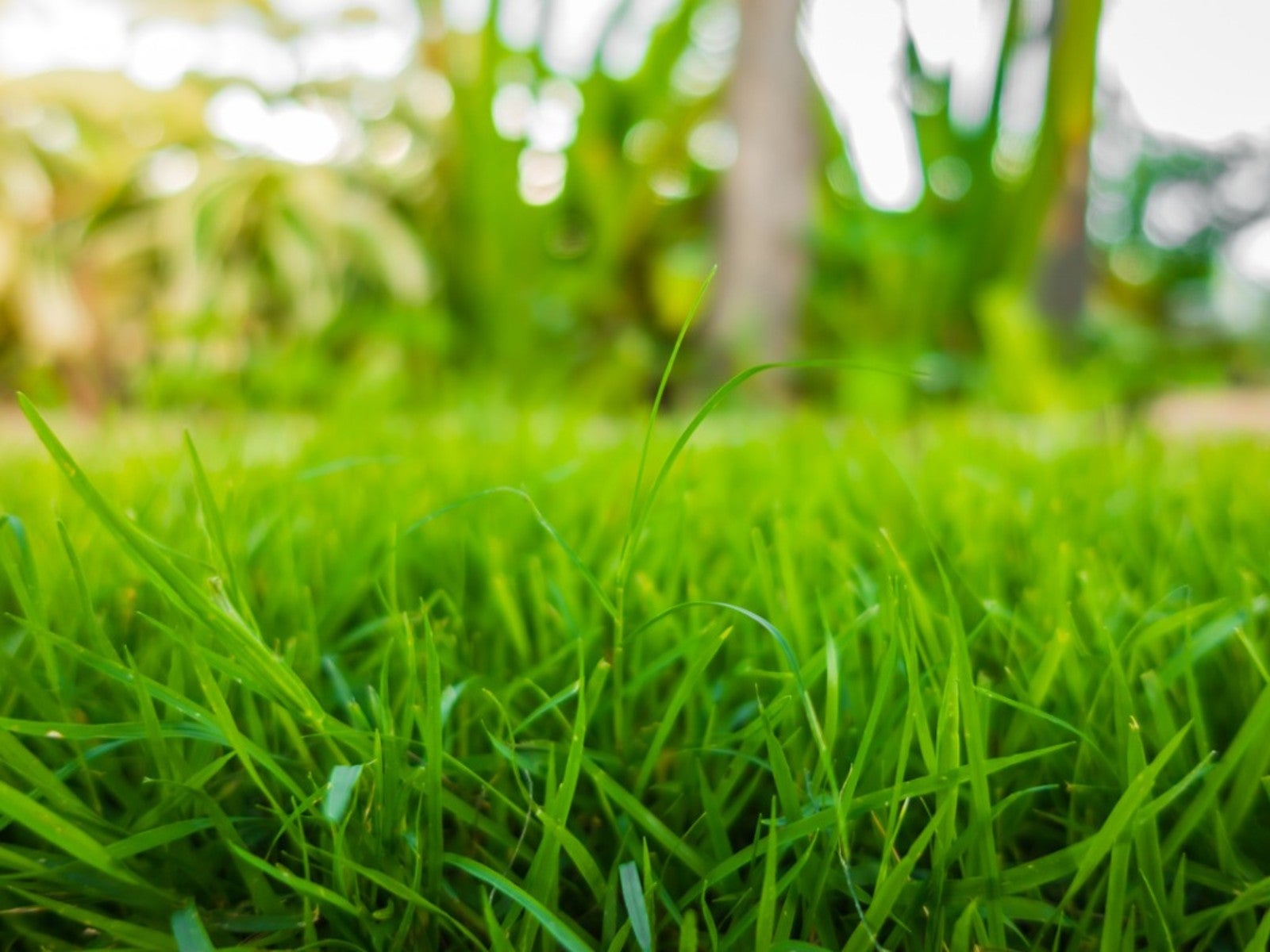 Sustainable Turf Species For A Greener Lawn
Sustainable Turf Species For A Greener LawnClick here for some of the most sustainable types of turf grass you can grow for an eco-friendly lawn.
By Bonnie L. Grant
-
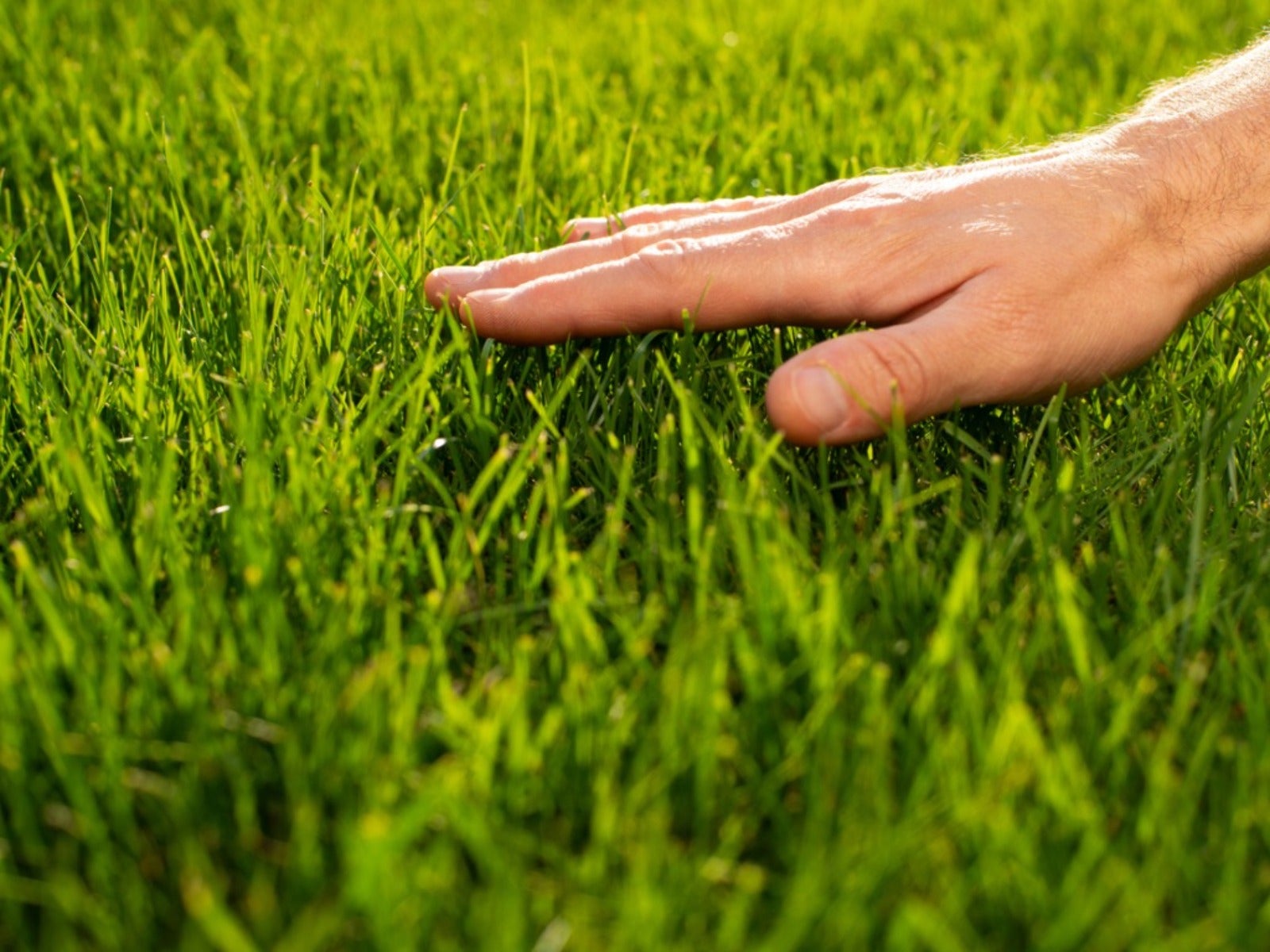 How To Grow A Sustainable Lawn
How To Grow A Sustainable LawnAdjust your thinking about a perfect green lawn and consider more sustainable methods. Click here to learn how.
By Mary Ellen Ellis
-
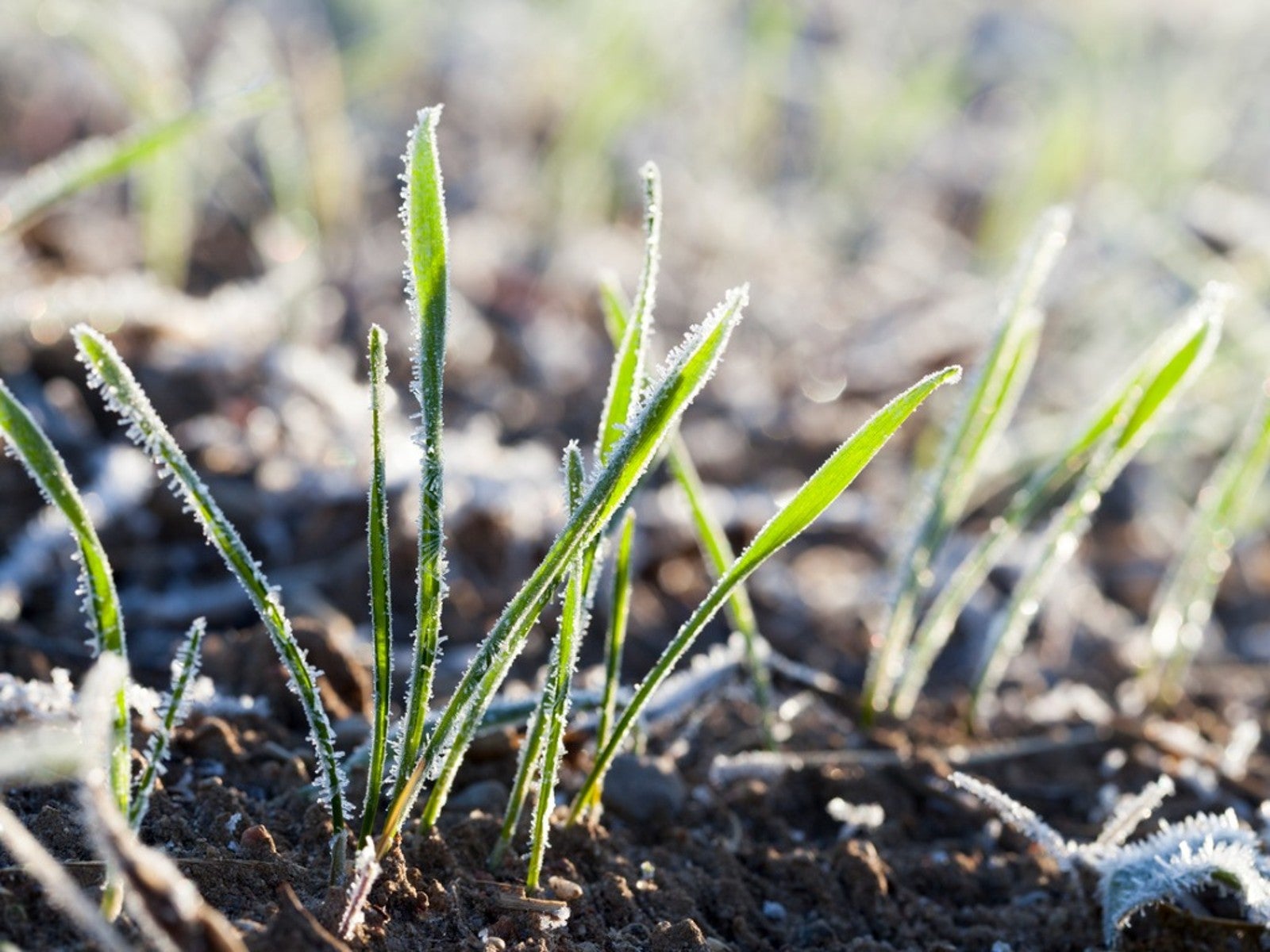 Will Frost Kill Grass Seed And How To Help New Turf Survive
Will Frost Kill Grass Seed And How To Help New Turf SurviveLearn how to help your newly sown grass survive frost and freezing weather.
By Amy Grant
-
 Lawn Problems That Aren’t Really Problems
Lawn Problems That Aren’t Really ProblemsYour lawn may not require as much work as you think. Learn which common problems aren’t really problems.
By Teo Spengler
-
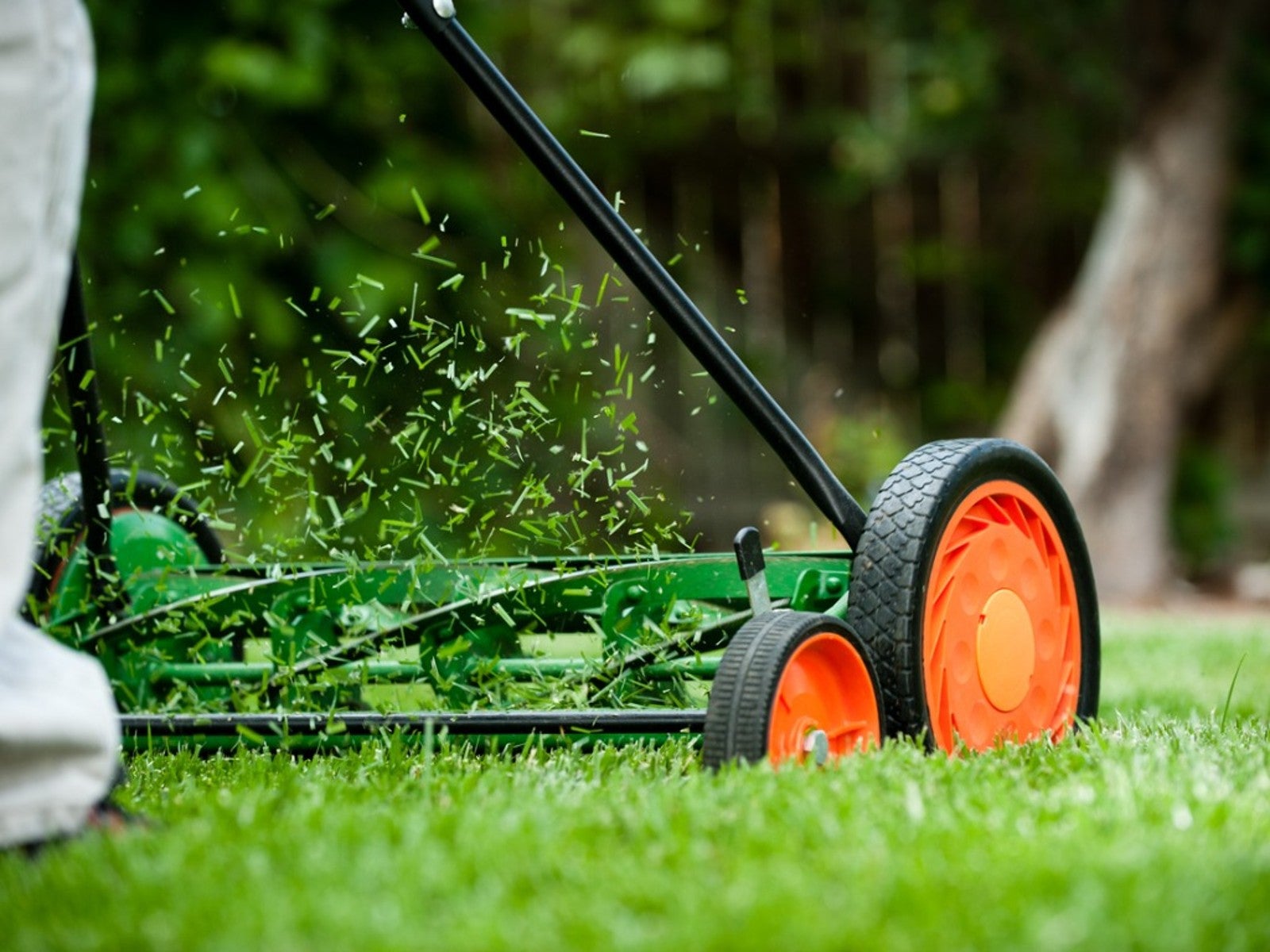 Why A Manual Push Mower Is Good For You And The Environment
Why A Manual Push Mower Is Good For You And The EnvironmentReel mowers are making a comeback, but why? Click here to learn about reel mower pros and cons.
By Amy Grant
-
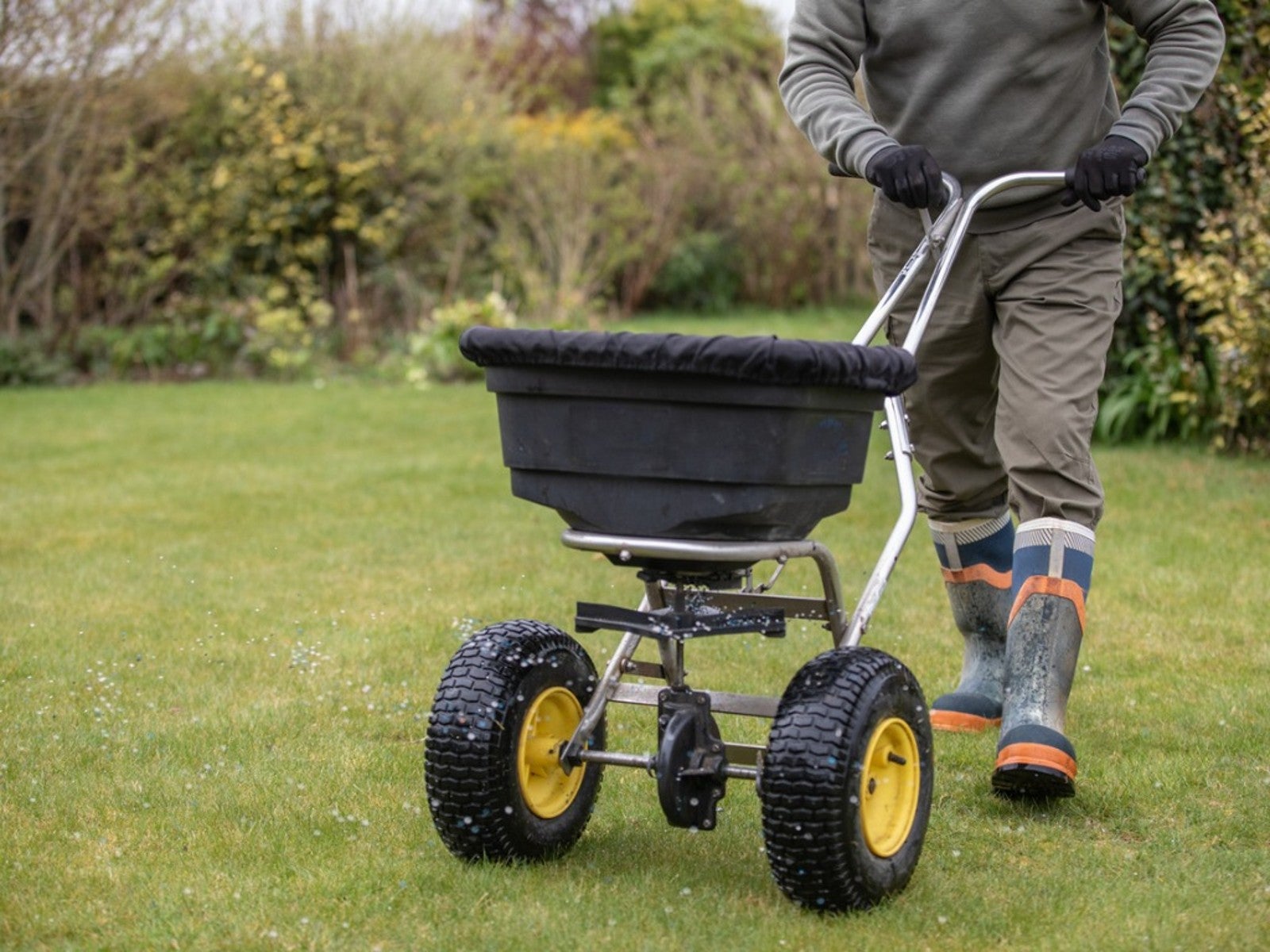 Fertilize Grass In Fall For A Lush Lawn In Spring
Fertilize Grass In Fall For A Lush Lawn In SpringFor everything you need to know about fertilizing your lawn in the fall, click here.
By Susan Albert
-
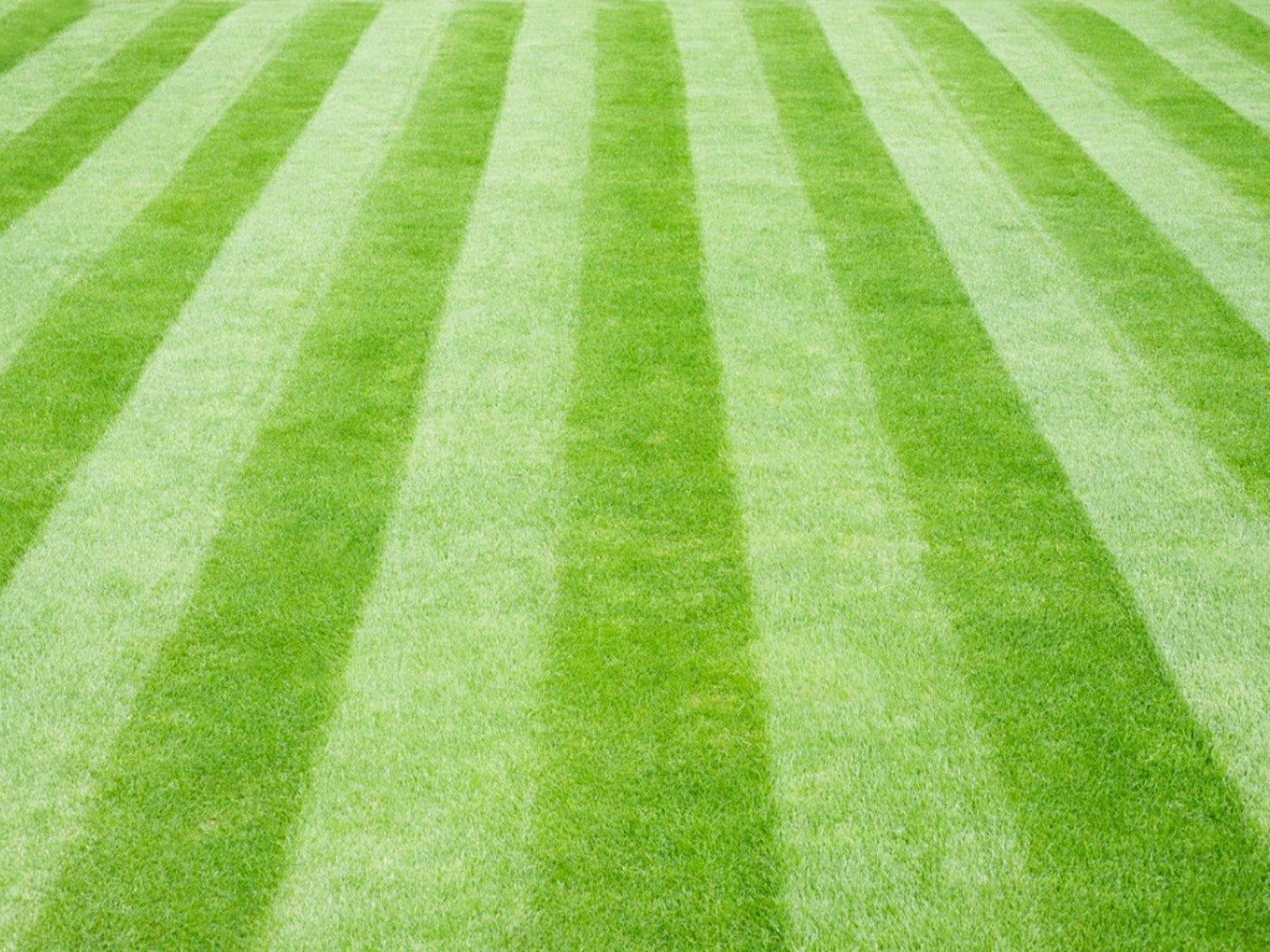 Tips For Mowing Stripes In Lawn
Tips For Mowing Stripes In LawnWouldn’t it be great to have stripes in your lawn like a sports field? Learn how here.
By Susan Albert
-
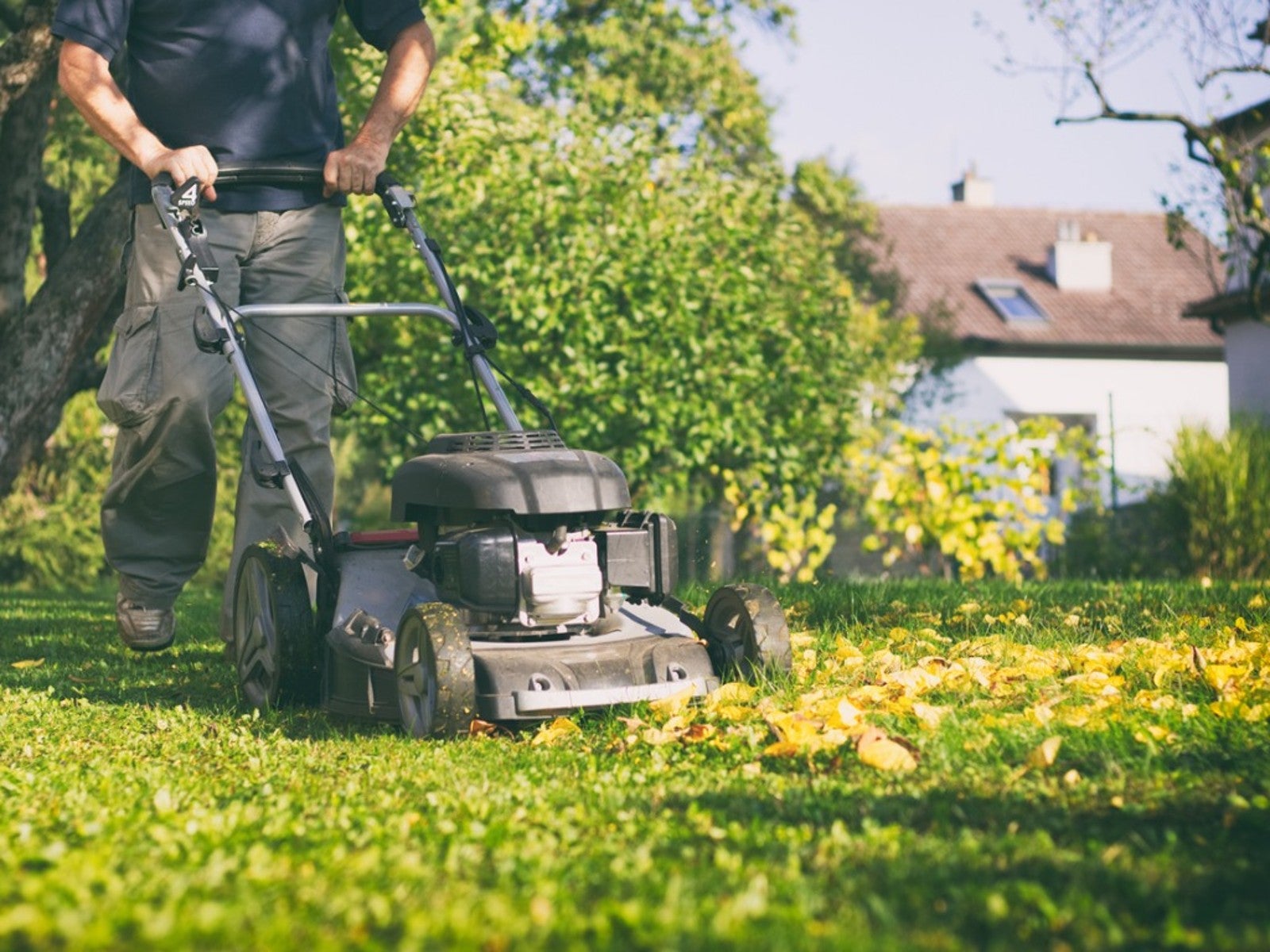 Late Summer Lawn Care Checklist
Late Summer Lawn Care ChecklistPlan to do some late summer care and maintenance of your lawn so it will be healthy and beautiful in the spring. Here are some tips.
By Laura Miller